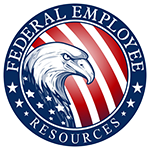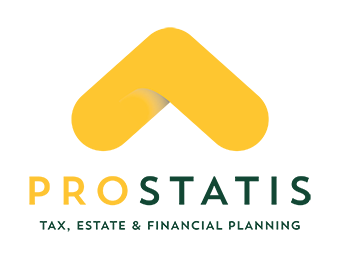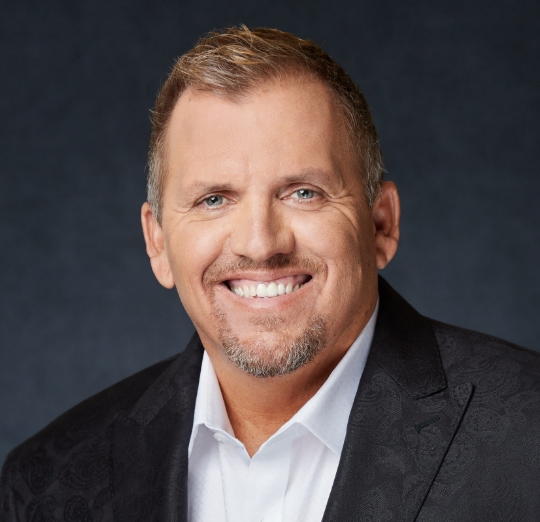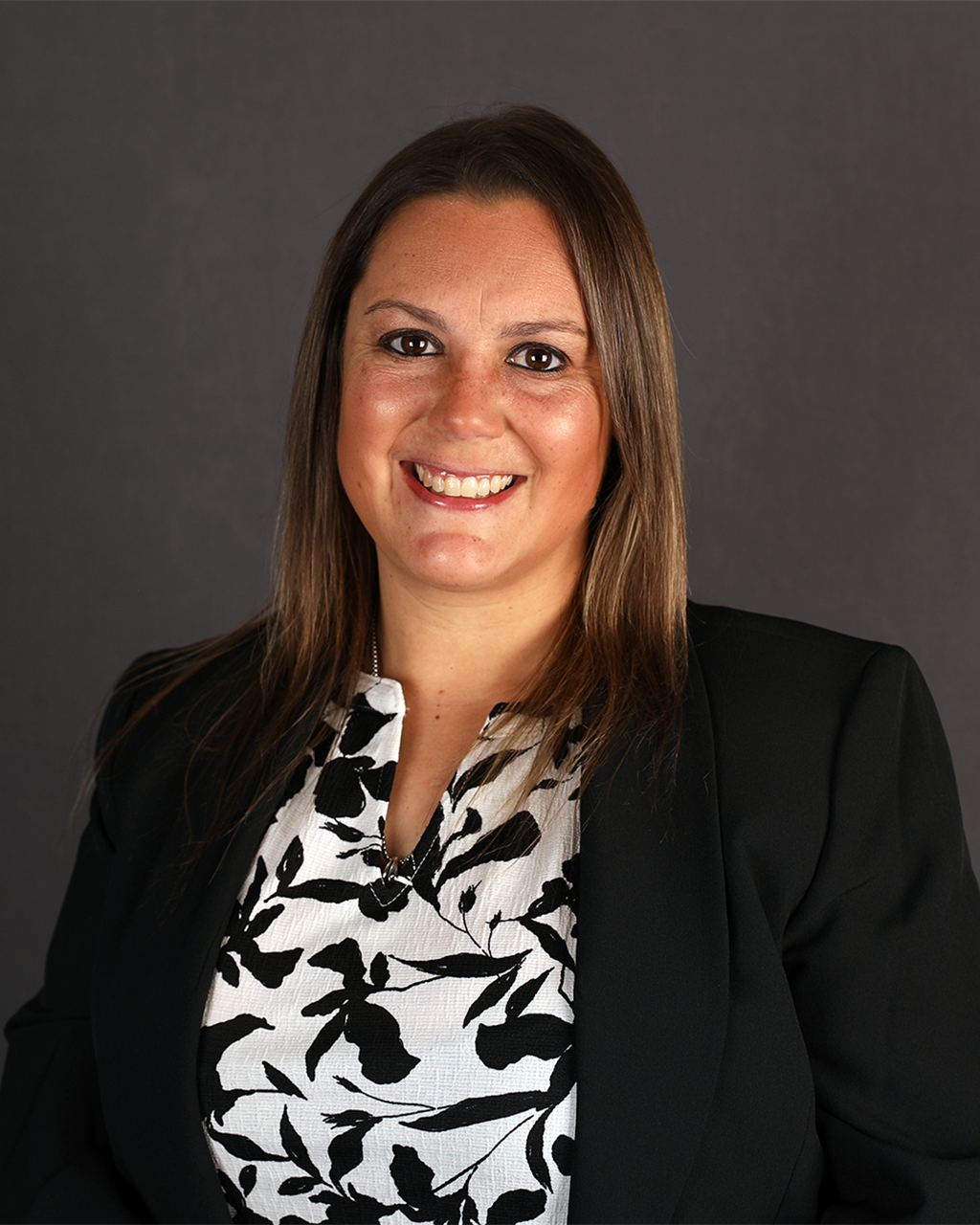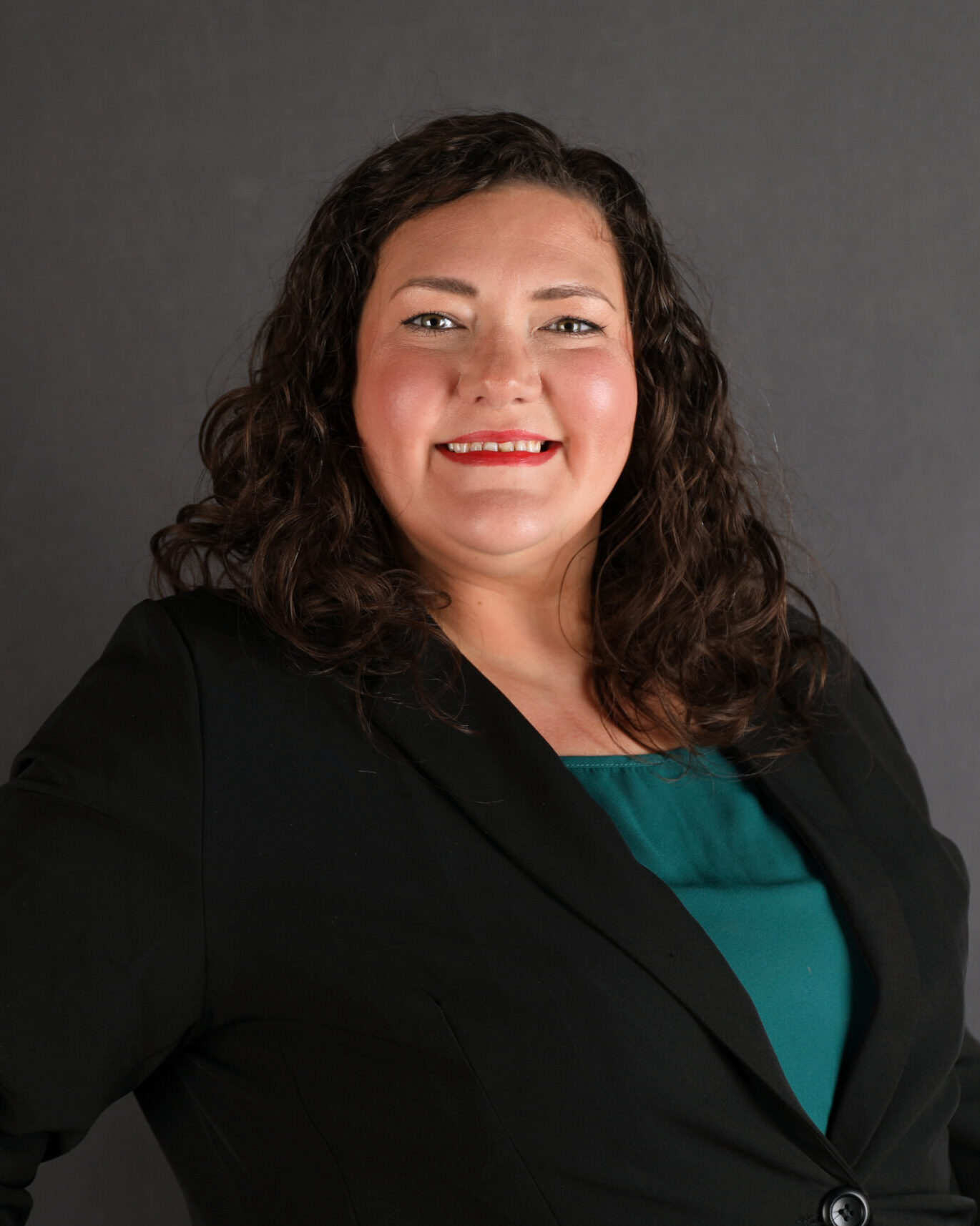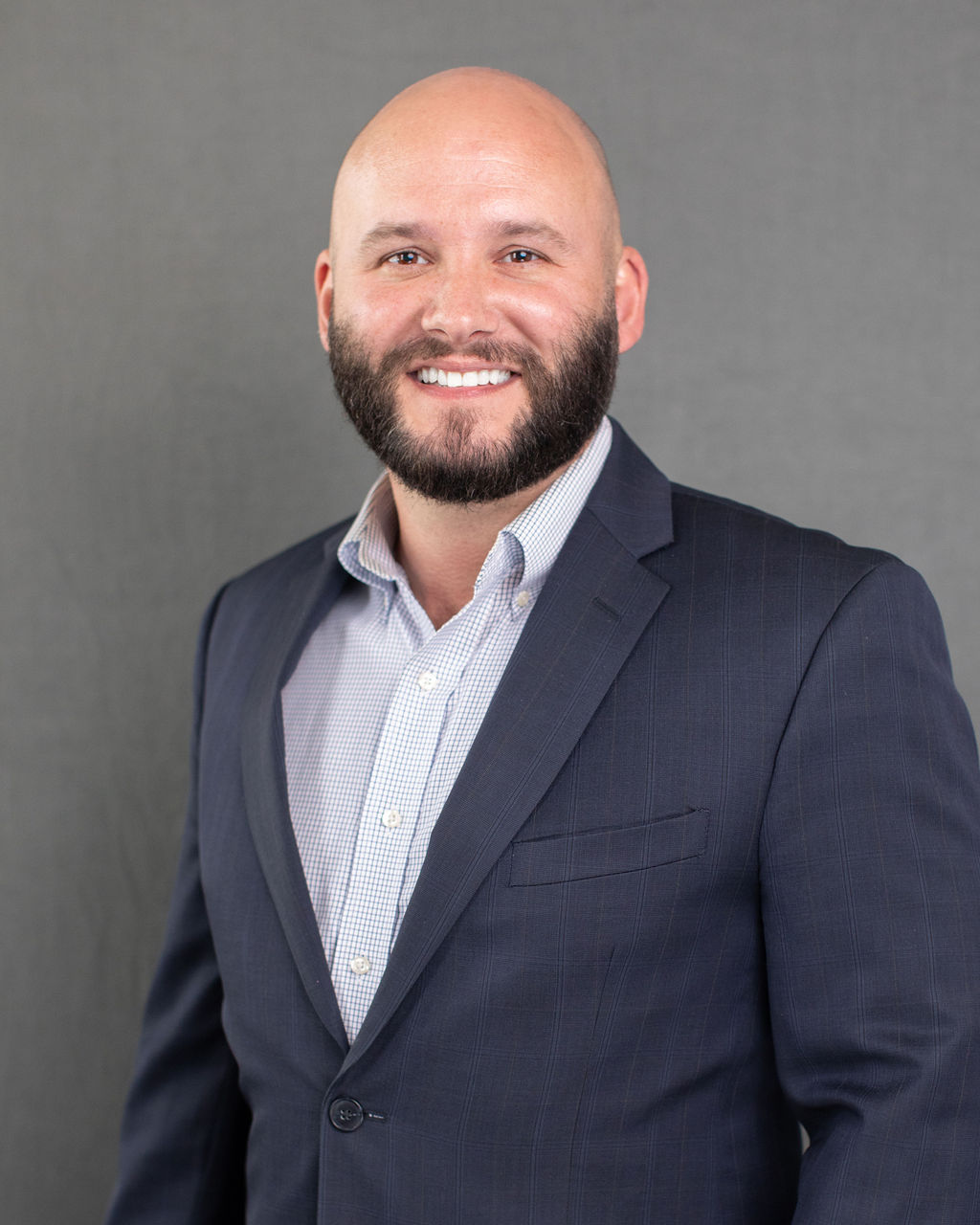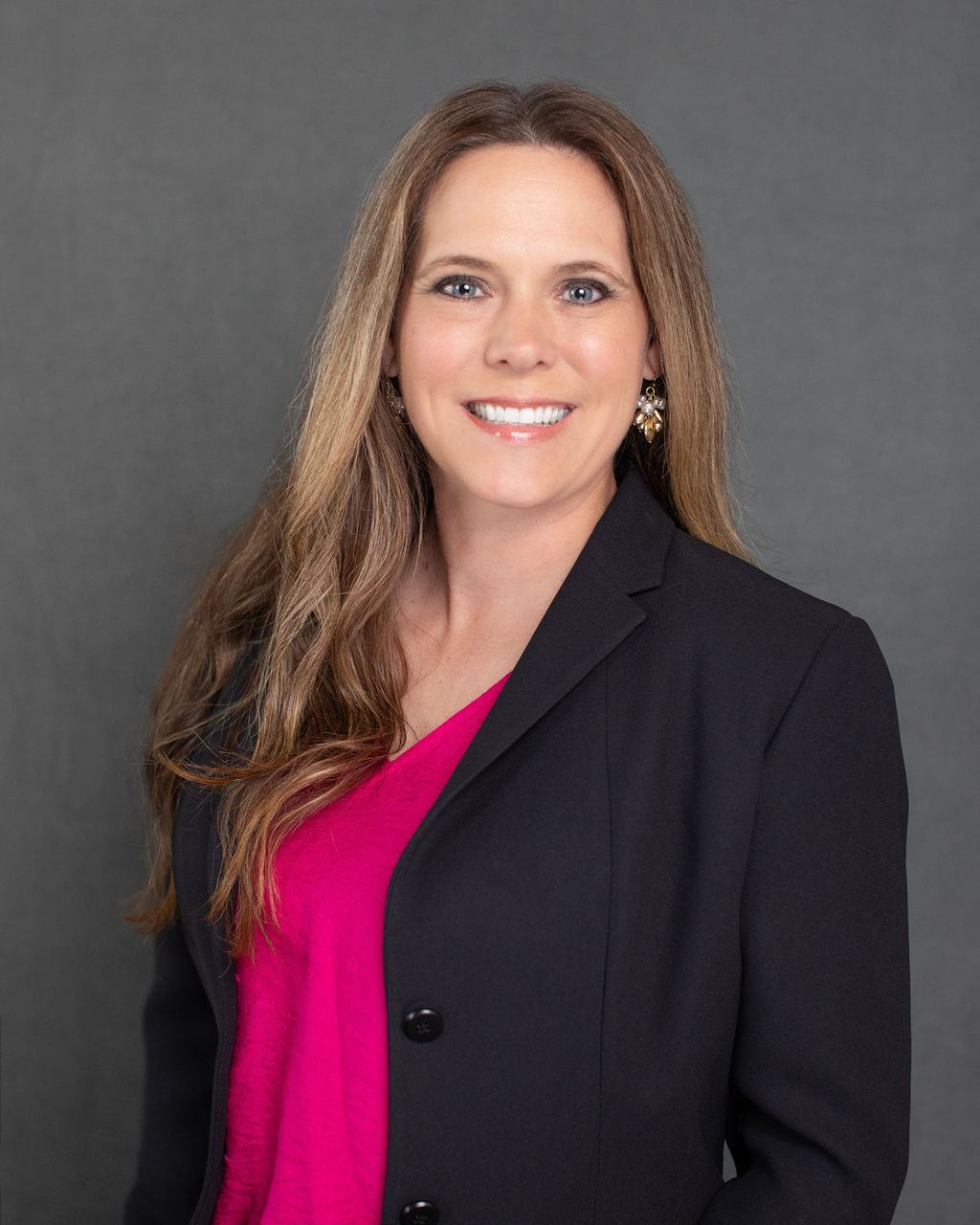In 2009, nearly half of American workers participated in employer-sponsored retirement plans, including 401(k)s, 403(b)s and Thrift Savings Plans – according to the Congressional Research Service. We love 401(k)s for a number of reasons. For one thing, it makes saving for retirement easy and automatic. Set it and forget it. Not only don’t you have to think about it, this is actually one of the best ways to increase your investment performance – it’s dollar-cost averaging. For another, 401(k) contributions and earnings are tax-deferred. And, finally, many employers match what you put in.
Yes, 401(k)s aren’t half bad, and with a little knowledge, you can make the most out of them by limiting your risk and protecting your savings. The Employee Benefit Research Institute defines retirement success as a 401(k) balance that, when combined with Social Security benefits, replaces 80 percent of your income after inflation. Do you know how to make that happen?
Here are our top five tips to get you started.
- We know, your employee handbook does not make for stimulating reading. But take the book and a highlighter to bed with you so you can learn about your plan (and get some help drifting off to sleep at the same time). How much exactly will your company match, and what do you have to do to get it? Most importantly, what are your options?
- The more familiar you are with your options, the better able you’ll be to protect your capital. Companies can offer up to nearly 100 total choices in their 401(k) plans, though the variety of investments available depends on your plan provider. Most employees have at least three investment choices, and the average plan offers 8 to 12 options. All of these choices can be overwhelming, but you won’t know unless you look.
- Couldn’t get past that chapter without napping? Ask your employer if they offer retirement planning education. Many companies offer something, at least online tools if not one-on-one consultations, but if yours doesn’t, then seek out a retirement planner on your own. Understanding what you have now is one of the best investments you can make in your future.
- Got a raise? Congratulations! Take the applause, but leave the cash. The best way to maximize your 401(k) (in 2013 the max is $17,500 per year) is to take your raise and put that extra money straight into your retirement fund. You’ve been living on less until now; you can keep going a while longer.
- Don’t touch the money. Leave your set contributions just the way they are, letting dollar-cost averaging work for you. We know you want to pick at it. You want to move your investments around and take advantage of market conditions, but resist the urge! According to behavioral scientist Carl Richards, it’s human nature to buy high and sell low.
Setting your 401(k) to autopilot isn’t a fail-safe retirement plan by any means, but learning to maximize your 401(k) benefits is one of the key pieces to completing your retirement puzzle.
